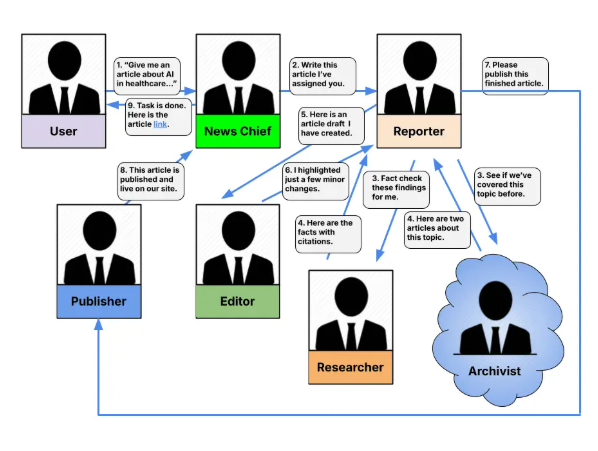According to research by the artificial intelligence company Anthropic, only about 4% of professions use AI for more than 75% of their work. The study explored the usage of its Claude model and found that approximately 36% of professions incorporate AI into at least 25% of their job tasks. These findings align with previous reports, indicating that few companies fully embrace this technology.

Image Source Note: Image generated by AI, image licensed from Midjourney
Among professionals seeking AI assistance, about 37% come from the software engineering field, 10% work in media, arts, and design, while 9% are from education and library services. In contrast, AI is applied less in occupations that primarily rely on manual labor, such as transportation and material handling, medical support, as well as in agriculture, fishing, and forestry.
Research shows that 57% of AI usage is aimed at enhancing human work, while 43% is for work automation. To gain deeper insights into AI's impact on the economy, Anthropic launched the "Anthropic Economic Index." This index analyzes the impact of AI on specific jobs based on the occupations defined by the U.S. Bureau of Labor Statistics.
Although the impact of AI is not yet widespread, it has indeed changed the way certain professions operate. The study points out that only about 4% of occupations use AI for at least 75% of their tasks, indicating the potential for deep usage in certain roles, such as foreign language and literature teachers. Overall, about 36% of professions show AI usage in at least 25% of their tasks, suggesting that AI has begun to penetrate the work of a significant portion of the workforce.
In the categories of professions where AI is used most frequently, computer and mathematical jobs occupy the highest proportion, despite this category making up only about 3.4% of the total U.S. workforce. Office and administrative support occupations, while constituting 12.2% of the total U.S. workforce, account for only 7.9% of the usage of the Claude model.
It is noteworthy that AI usage is most significant in mid to high-wage positions, particularly in IT-related jobs, while it declines in both high-paying and low-paying jobs, such as doctors in high-paying positions and restaurant workers in low-paying positions. Anthropic's research indicates that the impact of AI does not completely align with wage levels; although some predictions suggested that high-paying positions would have the most prevalent AI usage, actual data shows that mid to high-wage positions use AI most frequently.
Key Points:
1. 🤖 Only 4% of professions heavily rely on AI in their work, while about 36% of professions use AI for more than 25% of their tasks.
2. 📊 AI usage is most common in mid to high-wage positions, with relatively low usage rates in low-paying and high-paying jobs.
3. 📈 57% of AI usage is for enhancing human work, while 43% is for automation, and the impact of AI continues to expand.








